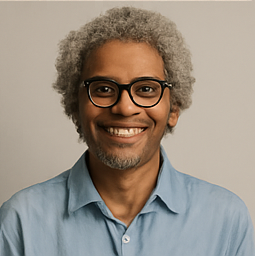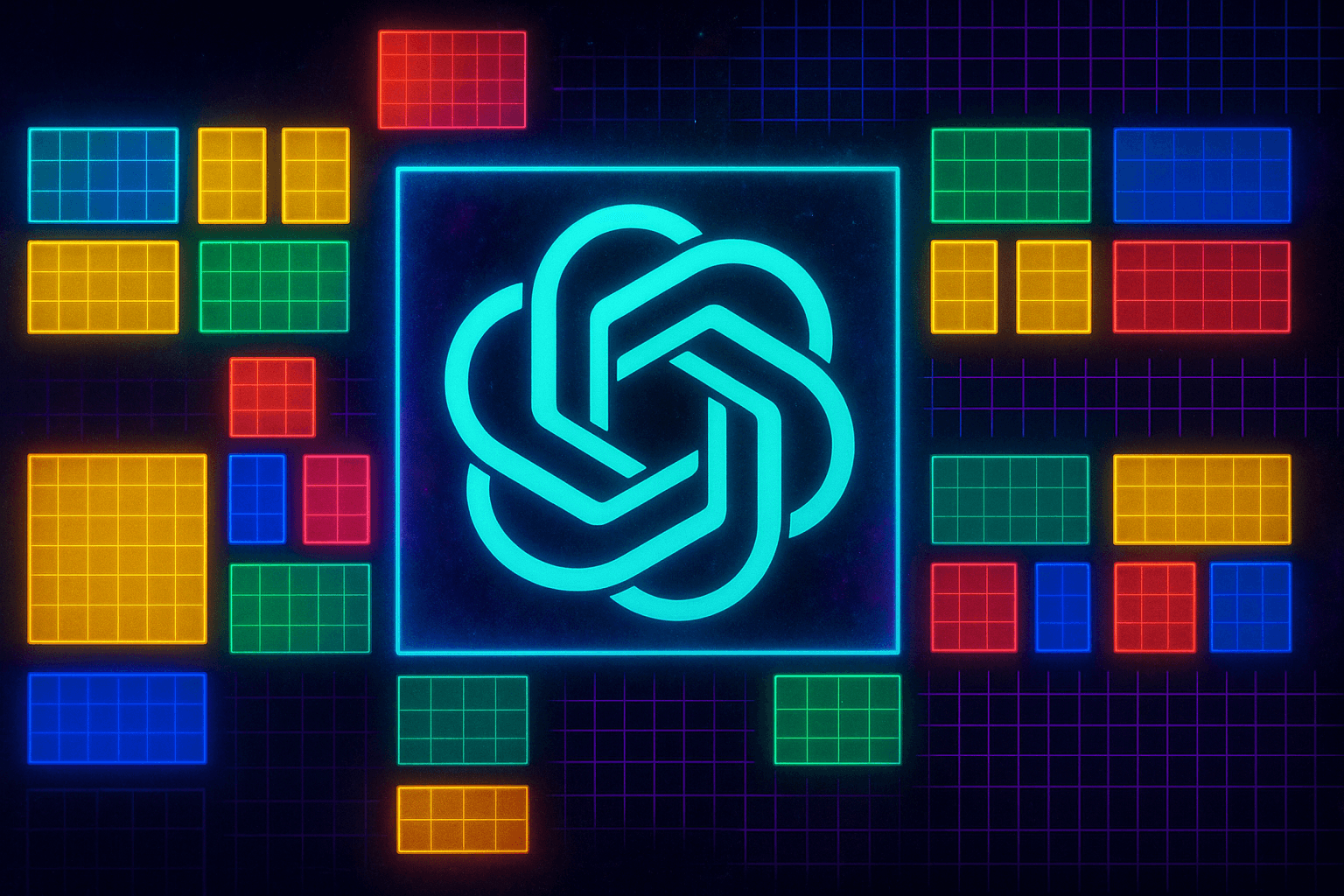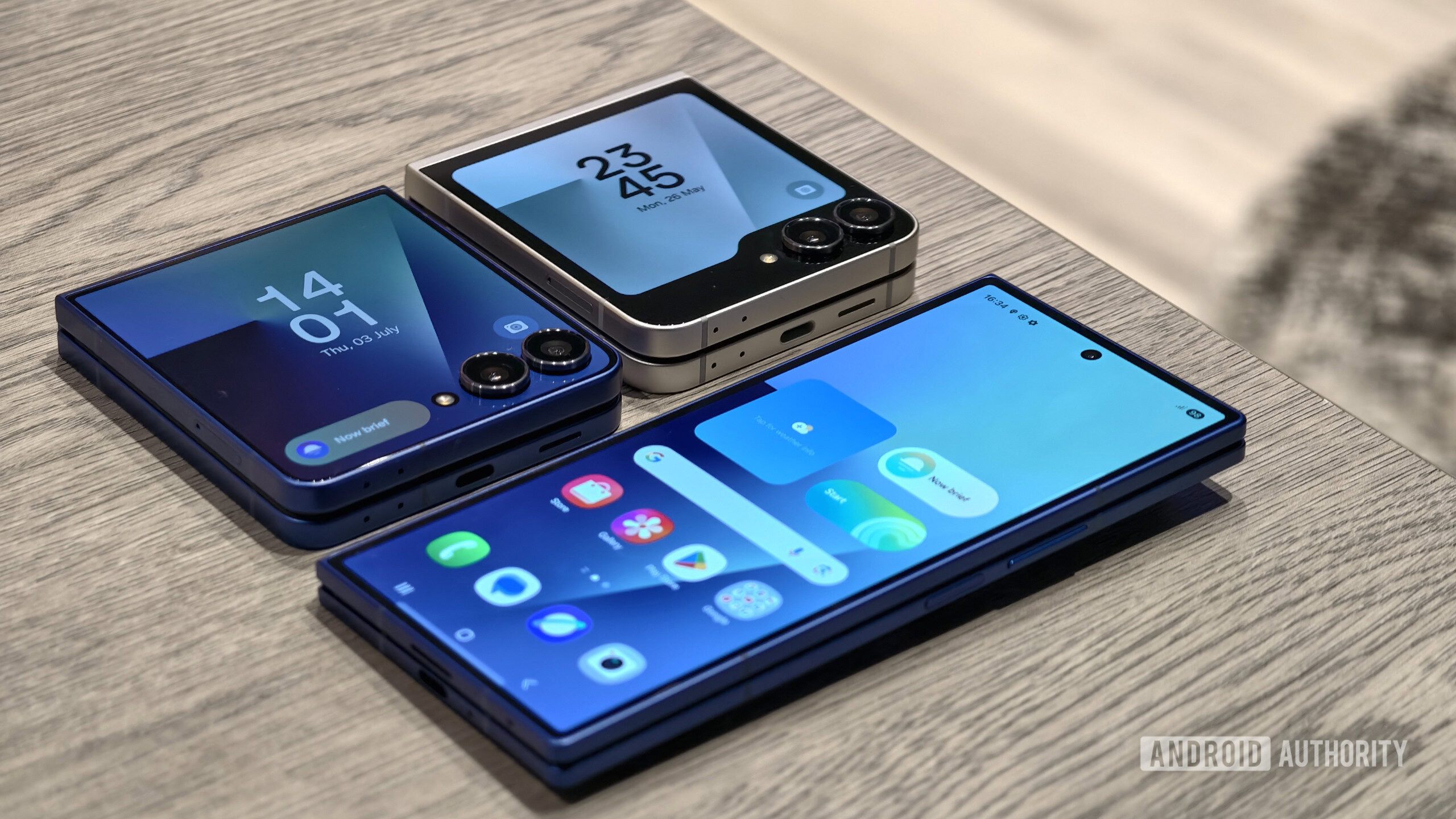Mind Over Matter: Man Controls iPad with Thought - You Won't Believe This Breakthrough!

Unlocking the Power of Thought
Imagine a world where your thoughts alone can control technology — it sounds like science fiction, right? But for one remarkable man, this dream has become a stunning reality. Mark Jackson, a 65-year-old from Pennsylvania, has made history as the first person ever to operate an iPad purely through his thoughts, thanks to a groundbreaking brain-computer interface (BCI).
A diagnosis of amyotrophic lateral sclerosis (ALS) in 2021 left Jackson with paralysis in both arms and weakness in his neck. This debilitating condition could have easily stripped him of his independence, but instead, it led him to a revolutionary innovation that allows him to engage with technology without lifting a finger.
Using a BCI developed by the neurotech company Synchron, Jackson can now perform tasks he once found impossible. Forget voice commands or cumbersome physical movements; he can browse social media, watch his favorite shows, and send heartwarming messages to his kids, all through the sheer power of his mind.
“One of the most challenging things for me, and I’m sure for others in similar situations, is losing the ability to do things for yourself,” Jackson said in an interview with ABC News. “This gives you the ability to still be able to do that.” His journey underscores a vital truth: even when faced with insurmountable challenges, technology can help reclaim a sense of agency and independence.
How Brain-Computer Interfaces Work
So, how does this astonishing technology actually work? The BCI is a system of sensors implanted in the brain that translates brain signals into actionable commands outside the body. Synchron’s device represents a significant leap forward in this field, allowing for a minimally invasive implantation procedure within the brain’s veins.
Dr. Leah Croll, a neurologist not involved in Jackson's case, notes that while BCI research has been ongoing since the 1990s, it has recently accelerated due to advancements in artificial intelligence. AI plays a crucial role in developing the algorithms that decode the brain's intentions into digital actions, a process that Dr. Croll emphasizes is monumental for restoring function to those who have lost it.
A Glimpse into the Future
Jackson began his journey with Synchron in 2023, initially using a different BCI model to control an Apple Vision Pro. The latest version allows for two-way communication between the brain and the device, enabling Jackson to interact with technology in ways that were previously unimaginable. “For me to sit down and play around with a computer, it’s just not something I was ever really that interested in, but this has been an amazing experience for me,” he shares.
However, this technological marvel does not come without its questions. Experts like Dr. Croll caution that while the potential for independence is exciting, we are still in the infancy of understanding what long-term effects BCIs may have on the brain. How do we ensure user privacy when these devices harvest personal data directly from our minds?
Looking Ahead
Jackson is hopeful for the future of BCI technology and its ability to improve lives. He dreams of enhancements that will make browsing even more seamless. “I wake up every day and I have two choices. I can choose to wallow in self-pity or take the positive side and make the best of every single day,” he reflects. His journey isn’t solely about personal gain; it’s about paving the way for future advancements that could change countless lives.
As we stand on the brink of a new era in technology and medicine, one thing is clear: the fusion of our minds with machines could redefine what it means to be human, offering a beacon of hope for those who are navigating the darkest of times.




























